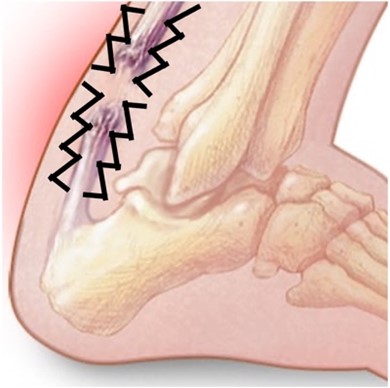Elsen Tjhung awarded EPSRC Open Fellowship Plus
 Congratulations to Elsen Tjhung who has been awarded a five-year EPSRC Open Fellowship Plus of £950k for his research project Thermodynamics of growing active and living matter. The fellowship summary reads as follows.
Congratulations to Elsen Tjhung who has been awarded a five-year EPSRC Open Fellowship Plus of £950k for his research project Thermodynamics of growing active and living matter. The fellowship summary reads as follows.
There are two main goals in this fellowship: 1) fundamental and 2) practical.
The fundamental goal of this fellowship is to extend the theory of stochastic thermodynamics to non-equilibrium and fast processes. When we learnt classical thermodynamics from undergraduate physics/chemistry, we often assumed a large number of particles >10^23, equilibrium, and extremely slow processes. In this very restrictive limit, thermodynamic quantities such as heat dissipation Q can be computed using the textbook formula Q=T\Delta S, where S is the configurational entropy. However, in real lives, most physical processes are neither slow nor equilibrium. For example, the engine strokes inside our cars can happen very fast and cannot be accurately described by the classical theory of thermodynamics. On the other hand, many biological processes are also far from equilibrium. For example, a cell can divide into two daughter cells. The time-reversed process in which two daughter cells merge into a single giant cell is never observed in experiments, which is a violation of time-reversal symmetry. Incidentally, violation of time-reversal symmetry is a defining feature of non-equilibrium processes. The aim of my research is to generalize the theory of thermodynamics to non-equilibrium processes such as cell division and cell death.

Fig. 1: Cell division and death can run a mini-engine inside our body.

Fig. 2: Some applications in healthcare technologies: wound-healing.
The practical goal of this fellowship is to apply the theory of stochastic thermodynamics above to design a new kind of biological engines which are powered by the living cells inside our human bodies (see Fig. 1). The outcome of this research can have some potential applications in healthcare technologies such as healing tissue injuries (see Fig. 2) and drug deliveries. The research will combine mathematical modelling with extensive computer simulations and collaborations with experimentalists.

